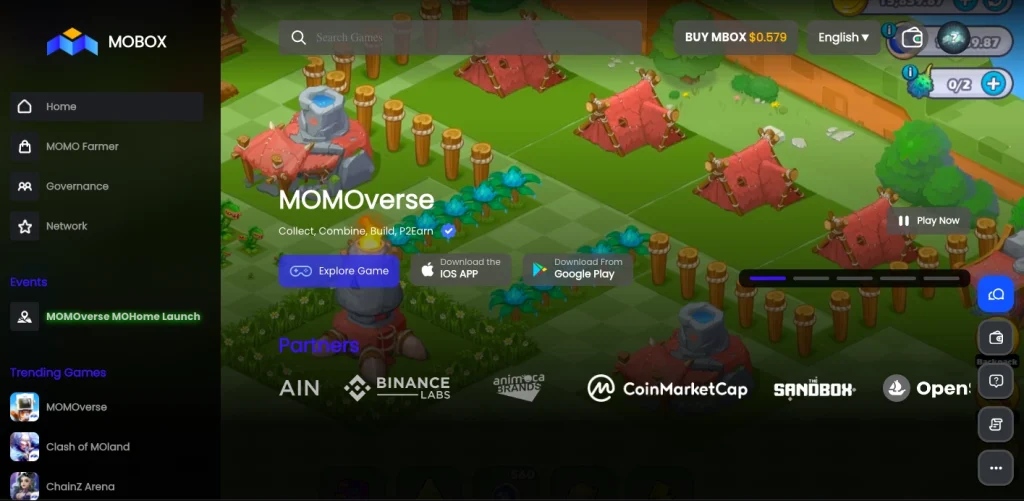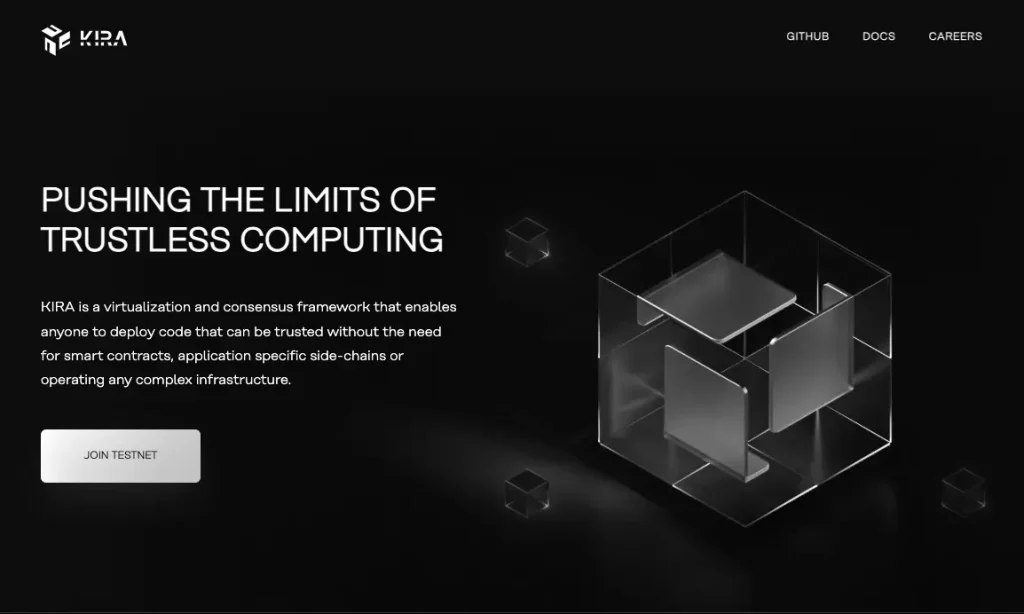What is NFT staking?

Staking is not a notion limited to NFTs. Additionally, a lot of cryptocurrencies use stake or reward trading.
When a cryptocurrency is staked onto the blockchain network, the user receives compensation for holding it throughout the procedure without selling it.
Users of staking platforms can stake NFTs to earn incentives without having to sell NFTs. It functions similarly to a time deposit bank account in that interest is paid on deposits up to a specified level. In NFT staking, you deposit NFT instead of money and are rewarded with bonus money. The proof-of-stake approach used by the blockchain network requires users to simply stake or promise some of their money to become validators.
How does NFT staking work?
NFT staking is a consensus mechanism that compels validators to stake their crypto assets in exchange for the opportunity to validate a new transaction on the blockchain, or, to put it another way, they function similarly to depositing money into an account. Savings in a bank. Your money is locked up in an account for a set amount of time, and you receive interest.
NFTs do not work exactly like that, but they are similar. Staking NFT involves locking up your tokens on the trading platform in exchange for a staking payout or other advantages.
In a more comprehensive interpretation, an initial “winner” is picked to validate a new block, after which other validators might attest to its accuracy in exchange for a payment. Every validator that joined receives benefits in their separate network’s native cryptocurrency tokens whenever a predetermined validation threshold is reached. At this point, the network generates a new block on the blockchain.
How could you benefit from NFT staking?
NFT staking is a method for maintaining ownership of your NFT collection while generating passive revenue. According to Synodus‘ finding, two benefits of staking assets are earning passive income and fostering scarcity for NFTs. Doing so removes them from the open market and makes them unavailable to sell again.
NFT staking contributes to the blockchain’s usability and security, just like crypto staking does. Holders must have a crypto wallet to stake NFT and connect their wallet to an NFT staking site to send it there. Staking platforms, like cryptocurrencies, run on particular blockchain networks—a smart contract — a structured agreement that resides on the blockchain — endorses and validates staking.
NFT staking entails locking your NFT on the platform for a predetermined period in exchange for a reward. Staking NFTs can result in deflationary supply pressure, which raises the price of comparable NFTs that are still in circulation. This is one advantage both collectors and the more significant NFT market gain from the practice.
Staking benefits are often given out in the form of platform native tokens that can be exchanged for money or other cryptocurrencies. To entice NFT holders to deposit their assets as much and as long as feasible, each platform that allows staking will also use its method of computing interest rates. Some services may offer high-interest rates, but this compels investors to weigh the hazards. Pleasant and straightforward incentives might indicate that the platform is unreliable. Before submitting your NFT to a staking protocol, always conduct your research (DYOR) and make sure you are entirely informed of the hazards.
The bonus you receive will vary depending on various criteria, such as the annual interest rate offered, the length of time and quantity of NFTs you staked, the staking platform, and the collection on which you placed your NFT wager. Some NFTs just allow staking, while others offer a variety of staking advantages. When the NFT is first issued, the project team makes this choice.
Consider the advantages and disadvantages of NFT staking
Here come several variables as you decide whether your NFT staking is the best course of action or not.
Advantages of NFT staking
Participate in initiatives and communities
Most projects will reward users for staking their non-fungible tokens with utility tokens. However, specific payouts and benefits of doing so will vary from project to project. These tokens also provide other advantages like voting and governance rights to influence the project’s future course.
Utilize your unused digital assets
Staking is a fantastic opportunity to put your idle digital assets on wait if you’ve been holding an irreplaceable token for a while and have yet to make any urgent plans to sell it. You are engaged. You can profit by locking your NFT on the staking platform without giving up ownership.
Disadvantages of NFT staking
Price Sensitivity
Your NFT value may drastically rise or fall while you’re locked in due to market movements and the state of the digital art world. Depending on the terms of your staking time, you might be unable to withdraw the extended lock-up NFT.
However, if long-term holding is always your long-term goal, the market’s short-term peaks, and troughs should make you less concerned.
Potential for fraud
While receiving incentives on your NFT may seem highly appealing, keep aware that hazards are associated. The NFT sector is still developing, and it might be difficult to tell who is trustworthy and who is not in such a nascent market. It is not a far-fetched possibility for an unethical staking platform to steal users’ cash and tokens.
The easiest way to stay on top of such fraud is to conduct your research. Always research and investigate the staking platform and the team behind it: if you make a mistake, you should be wary.
How to make more money with NFT staking
Feel free to use NFTs in your crypto wallet to make passive revenue. A novel and intriguing use of blockchain technology to create passive revenue is NFT staking. With such a source of income, you must first invest. Investing in money is the primary way to generate passive income with NFT, though it can also be done with time.
As is typically the case with NFT collectors, long-term holders of NFTs or HODLers can lock up their NFT collections for passive income rather than keeping them in their electronic wallets. A sizable portion of the NFT is a part of the Web 3.0 universe’s game superuniverse. People can lock up their NFT in numerous blockchain games such as Axie Infinity, The Sandbox, MOBOX, and Zookeeper, among others, with some staking options in play for money.
Previously, on the metaverse gaming platform, you could only use your NFT to acquire one object that was essential to that game. As a result, digital assets for crypto super games have little utility.
The game’s popularity may also rise, allowing you to monetize the NFT. However, there are some advantages to this. As a result, it is critical to conduct a thorough study on the NFT and the market, usefulness, and staking incentives.
What are some of NFT staking platforms currently available to you?
NFT source station for Binance
Numerous examples exist in this field due to the sharp rise in NFTs playing for cash. Here are a few NFT staking platforms you can look at to have a better understanding of the variations in this area:
One of the biggest cryptocurrency exchanges, Binance, offers most services to tens of millions of users worldwide, and NFT staking is included. With the use of utility tokens called Binance Fan Tokens, individuals may support the teams they care about financially. Holders of this token have access to a variety of benefits.
As a token holder, for example, you can get priority tickets or have a say in critical decisions at a sports club. Sports clubs primarily utilize Binance Fan Token, but other artists or personalities with a huge following can also use it.
MOBOX (MBOX)
MOBOX, a blockchain-based game, is another example of an NFT staking platform. MOBOX includes a metaverse named MOMOverse, where you can find many NFTs. The MBOX governance token enables bettors to participate in the governance system.
The more NFTs you have, the more benefits you will receive. Because each MOMO is unique in terms of rarity, the hash power varies, affecting the staking reward. Of course, MOBOX is just one example. Popular NFT games such as Splinterlands and Axie Infinity also provide this feature to NFT holders!

Onessus
The staking system employs $VOID tokens to gain user benefits. “On Bet” is the name of Onessus’ staking mechanism. Otherwise, there will be no payout if NFT is not staked with $VOID token.
Highlight about Onessus:
- It includes an in-built learning system that allows players to rent NFTs.
- Encourage bettors to wager for a more extended time.
KIRA
Users must move their digital assets from their Defi wallet to the KIRA network. When the request is authorized, the user can then confirm it and find out the associated interest rate.
The governance guidelines of the KIRA network, which change depending on the liquidity offered, apply to the staking incentives in this case.

Assets, which can be utilized for things like trading, investment, etc., can be refinanced at any time by users. Transactions on the blockchain network are multi-layered and have no staking restrictions.
Additionally, this NFT Staking is compatible with the Binance Smart Chain, Polkadot, Cosmos, and the Ethereum blockchain technology.
Wrapping up
Staking non-fungible tokens allow investors to maximize the benefits they obtain from their idle digital assets. With the introduction of non-fungible token staking, this asset class will provide investors with more automated and straightforward sources of income in the future. It is pretty likely that more staking solutions will be launched in the irreplaceable token market in the coming years.
More related posts from our blockchain blog you shouldn’t skip:
- Top 15+ NFT Marketplace Development Companies To Partner With In 2025
- 9 Open Source NFT Marketplaces With Code On Github
- How To Create Your Own NFT Marketplace (10 Steps With Tutorials)
How useful was this post?
Click on a star to rate it!
Average rating / 5. Vote count:
No votes so far! Be the first to rate this post.




